Dawi Gallery was founded by Madawi bint Mansoor Al-Baz. Based in Al Khobar, Saudi Arabia, the gallery has hosted many cutting-edge exhibitions, and represents a roster of emerging and culturally significant artists.
Madawi bint Mansoor Al-Baz herself has many important credentials and is something of a powerhouse in the Saudi Arabian art world: She is an active member of the Saudi Association of Art and Design (PNU); an active member of Women’s Art World; involved in the Etijahat Artist Group, and a founding member of the Bilsan Centre for Fine Art.
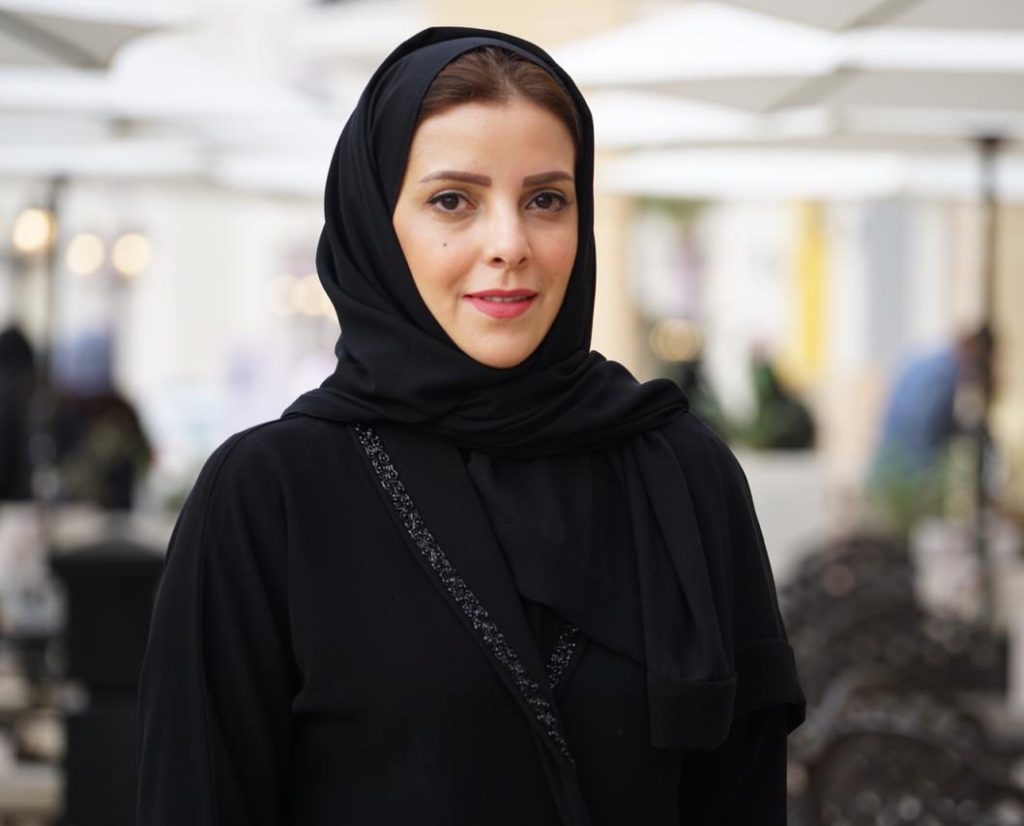
With a strong track-record of local and international events that Dawi Gallery has participated in and hosted – from London to Bahrain – the gallery has raised the bar for art galleries in Saudi Arabia.
The Art Collector asked Madawi bint Mansoor Al-Baz about current projects and the exciting future of the gallery.
How did Dawi Gallery come into formation?
After a long journey in the art world and many artistic participations, the thought of opening my own art platform that would support the fine arts in all its formations, and support the energies of young artists, was the impetus that made me open Dawi Gallery. Having a platform that could host local and international exhibitions regularly that would facilitate artistic cultural exchange has been the most enticing factor for me.
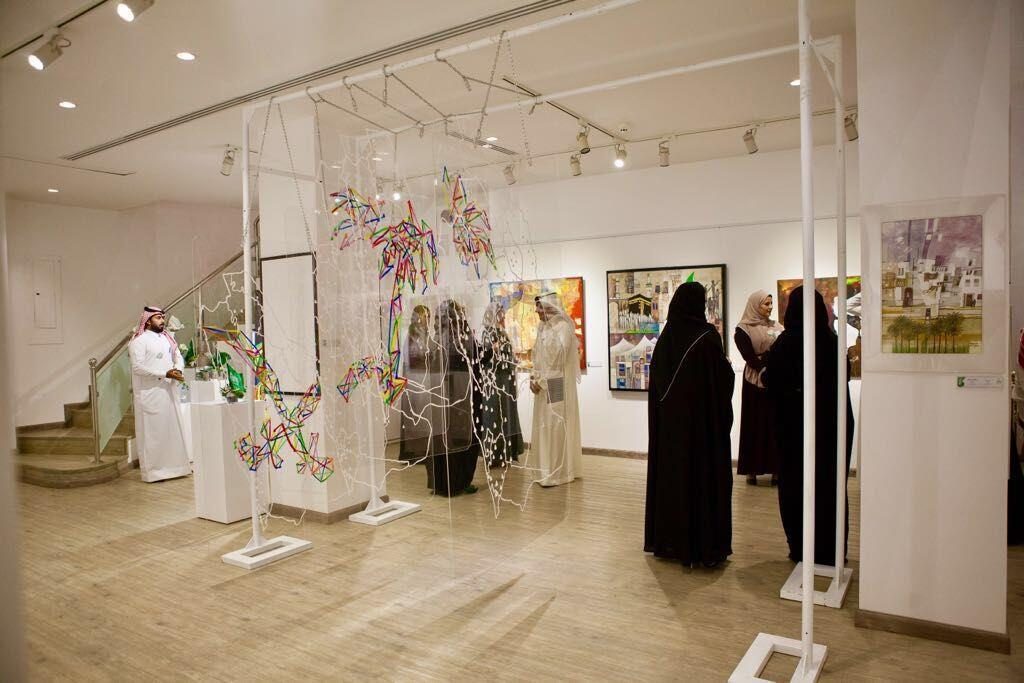
Does Dawi Gallery cater to primarily Saudi Arabian clients and would you ever consider a satellite location?
Dawi Gallery has clients from all around the world, although a lot of our patrons are from Saudi Arabia. The consideration to open a satellite gallery is always on the table.
Your home page says one of the aims of Dawi Gallery is “to support and develop the innovative and artistic movement in the eastern province and KSA as a whole.” Can you elaborate on the cultural heritage Dawi Gallery sustains and promotes?
Dawi Gallery supports and promotes local art in a global manner. For example, artist Mohammed Al Ajlan is a Saudi Arabian artist we work with. An artist and calligrapher, his art makes reference to poetry, such as the old Arabic Qasidah, which uses pre-Islamic poetic forms that have influenced Arabic literature throughout history. Incorporating historical art forms in a contemporary manner creates an important trajectory between the old and the new. This is one aspect of cultural heritage (in a contemporary environment) that Dawi Gallery supports.
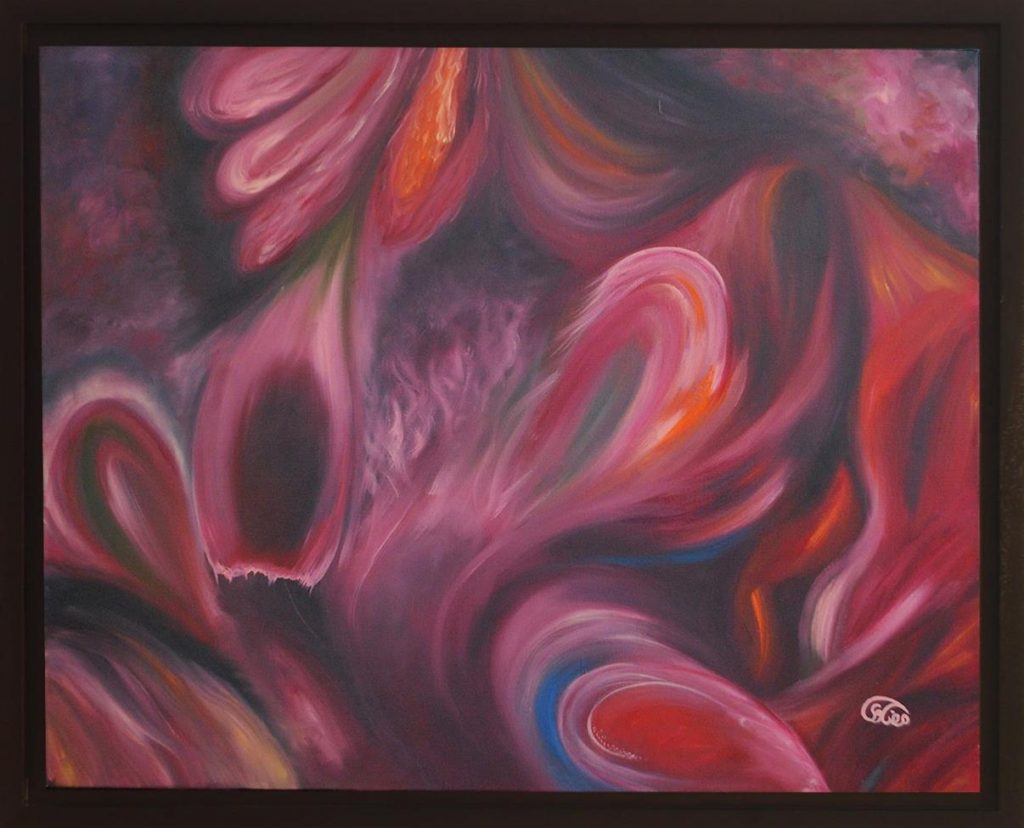
Can you tell us about some of the fine art courses and seminars you host?
We focus on having new workshops and courses regularly. We offer art workshops for children, women’s only workshops, and expressive art workshops. We also host many charitable exhibitions for disabled children.
Our seminars focus on artists and offer a platform for artistic discussion and the exchange of expertise.
From a collector’s point of view, why should they collect artists you represent? Is there a common theme (location, for example)? Can you give them a rationale for collecting artists you represent?
We focus on showing a collection of art work, some of which is rooted in historical matter, and other art works that have a more contemporary aspect. We aim to offer a diverse selection of artists and art works that can satisfy all types and tastes of art collectors.
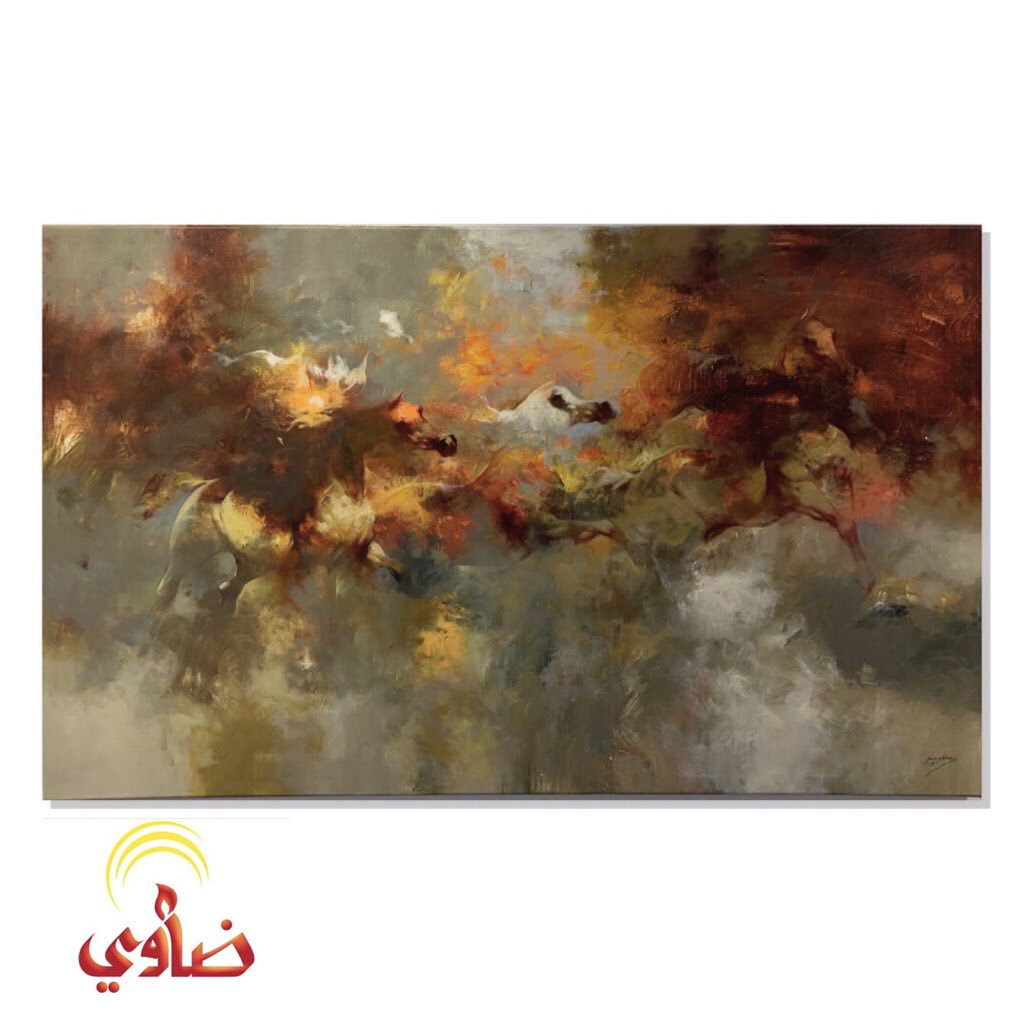
Can you tell us about your avant-guard and trailblazing living art exhibition “Alfan Sharqy” (“Art is Eastern”)?
‘Art is Eastern’ is a dream that came true to spread art to all strata of society. The aim was to improve the image of graffiti art from negative connotations to a positive light. Each project was subsequently studied in-depth, resulting in the dissemination and weaving of positive messages to the very fabric of the city – the people who live there.
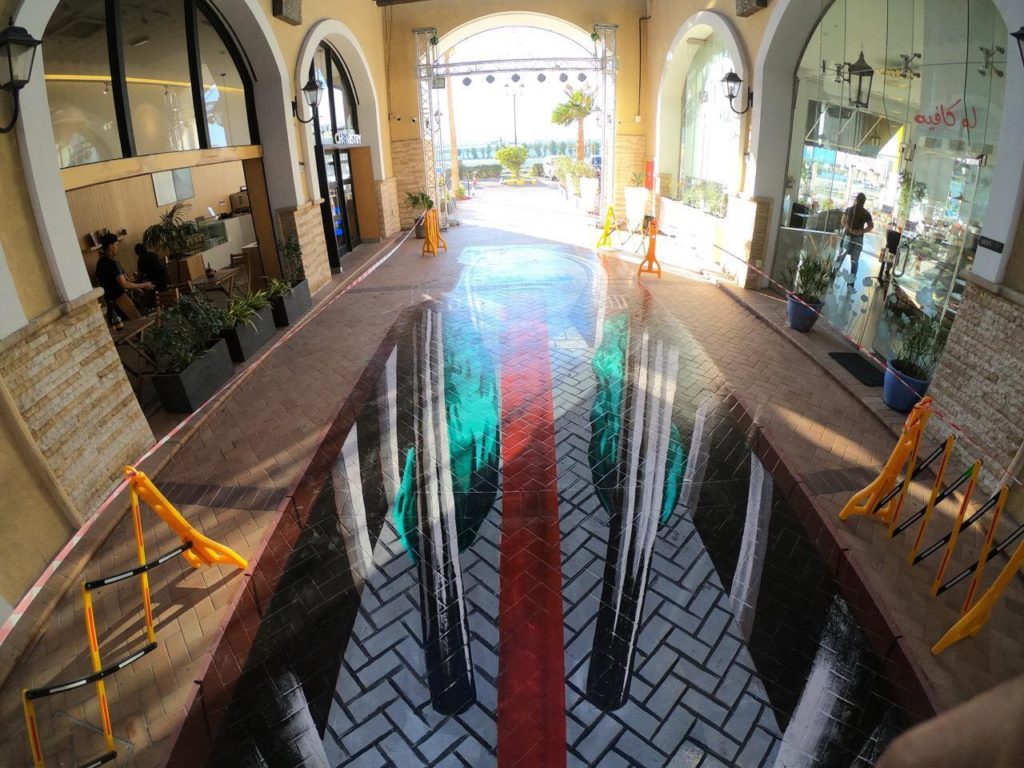
Our first initiative was (the first of its kind in the whole kingdom) that was focused on beautifying the old neighbourhoods and neglected buildings of Al Khobar.
We are currently working on other upcoming graffiti art projects, which will soon be announced, and that will hopefully become a symbol of progressiveness and contemporary culture both domestically and worldwide.
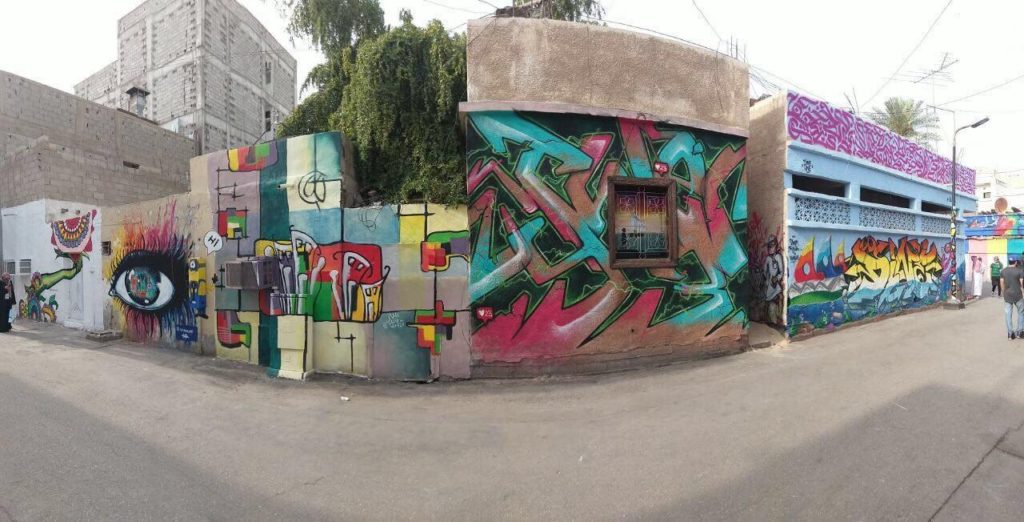
To what extent do you think the increase of social media use has been of benefit to the artist and their career?
Social media is currently the fastest way to promote anything nowadays. It is a very important platform to connect the art world locally and globally. For artists, it is an important platform that allows them to connect to a larger audience to both inform them of their works and educate them about their art and other cultures.
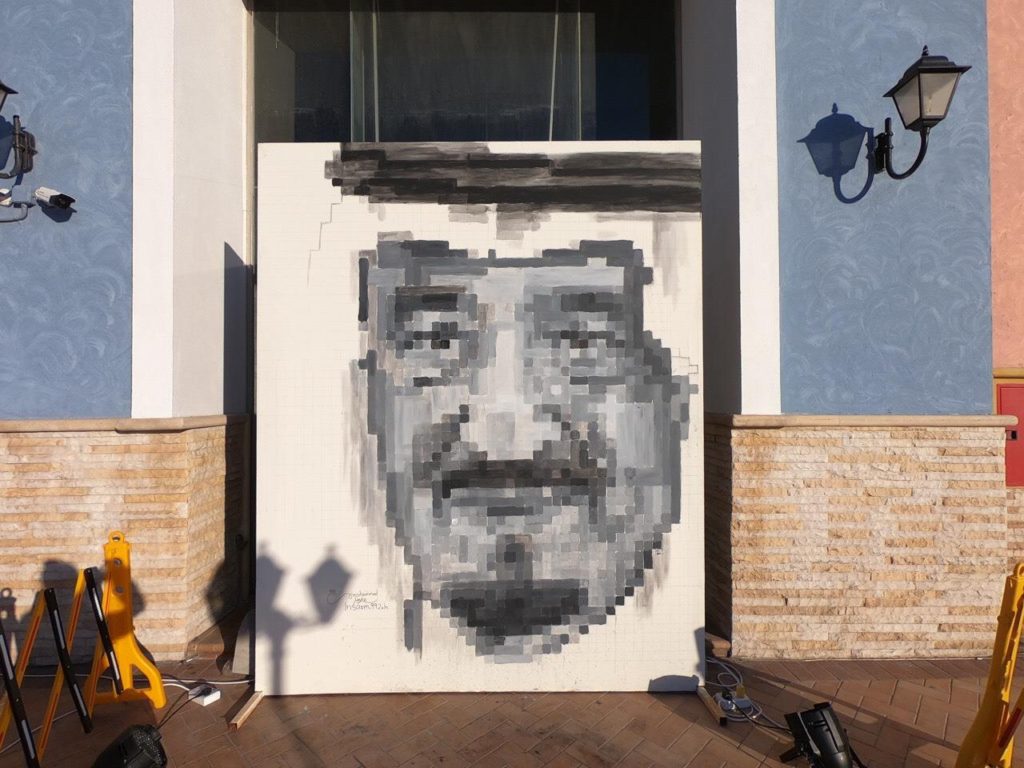
What are the challenges facing contemporary Saudi Arabian artists today?
We have many challenges but also a lot of opportunities thanks to our government led by King Salman bin Abdulaziz Al Saud, which seeks to highlight the culture and civilization of our country embodied in the establishment of the Ministry of Culture.
We were very pleased after the appointment of Prince Badr bin Farhan Al Saud, who is a patron of the arts. Especially after the announcement of the new vision – supporting the arts – which raised the aspirations of the younger generation of artists. Everyone is now moving in a combined effort to achieve the vision of 2030 led by our Inspirational Prince Mohammed bin Salman Al Saud.
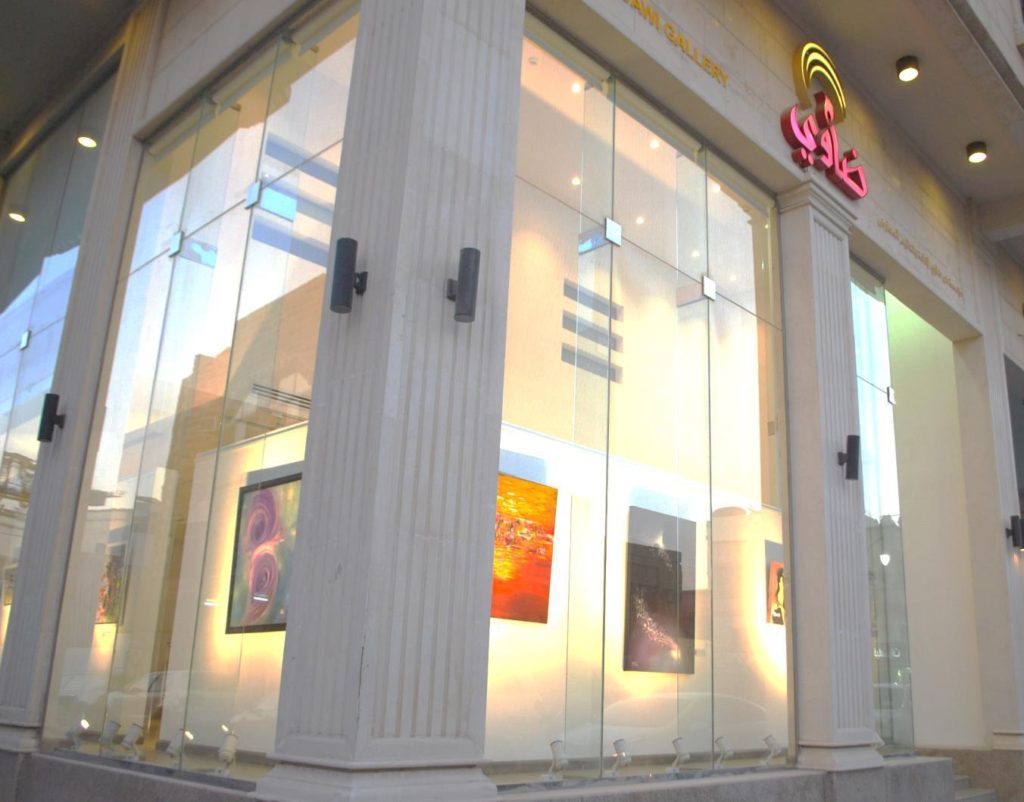
How can Saudi Arabian artists better integrate into the global art world – or is it their artistic and aesthetic integrity that sets them apart?
Each country has its different cultural, artistic and aesthetic integral to their art, which is a way to show their uniqueness in the global art world. This artistic integrity and heritage, I believe, will be the staying power for Saudi Arabian artists.
Address: King Saud St. cross 22nd St., Al Khobar Al Shamalia, Al Khobar 34425, Saudi Arabia
Phone: +966 13 802 7412
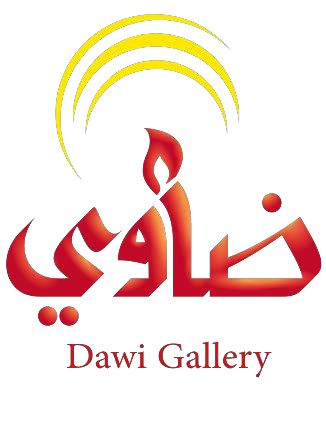



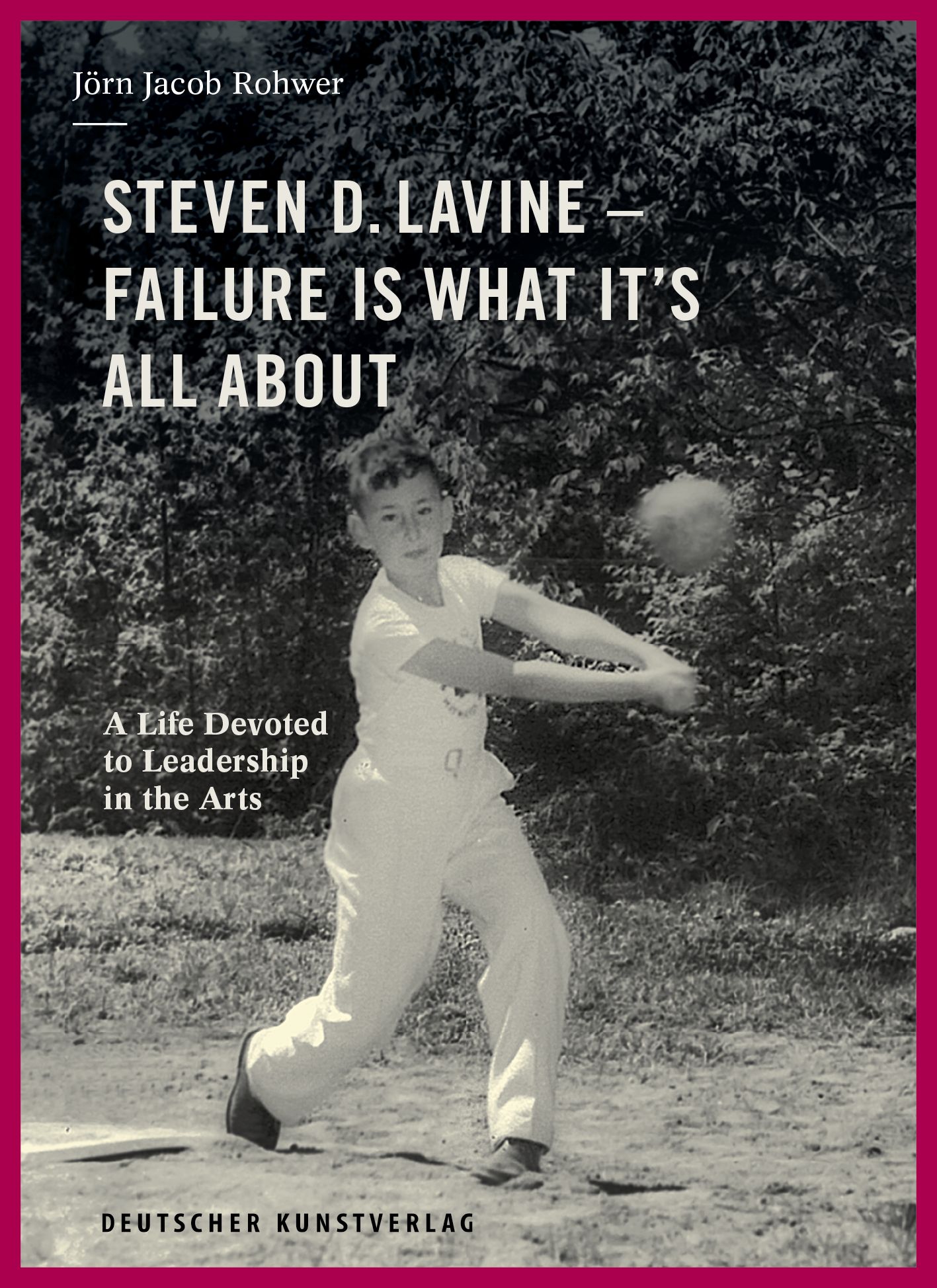
 Saving...
Saving...